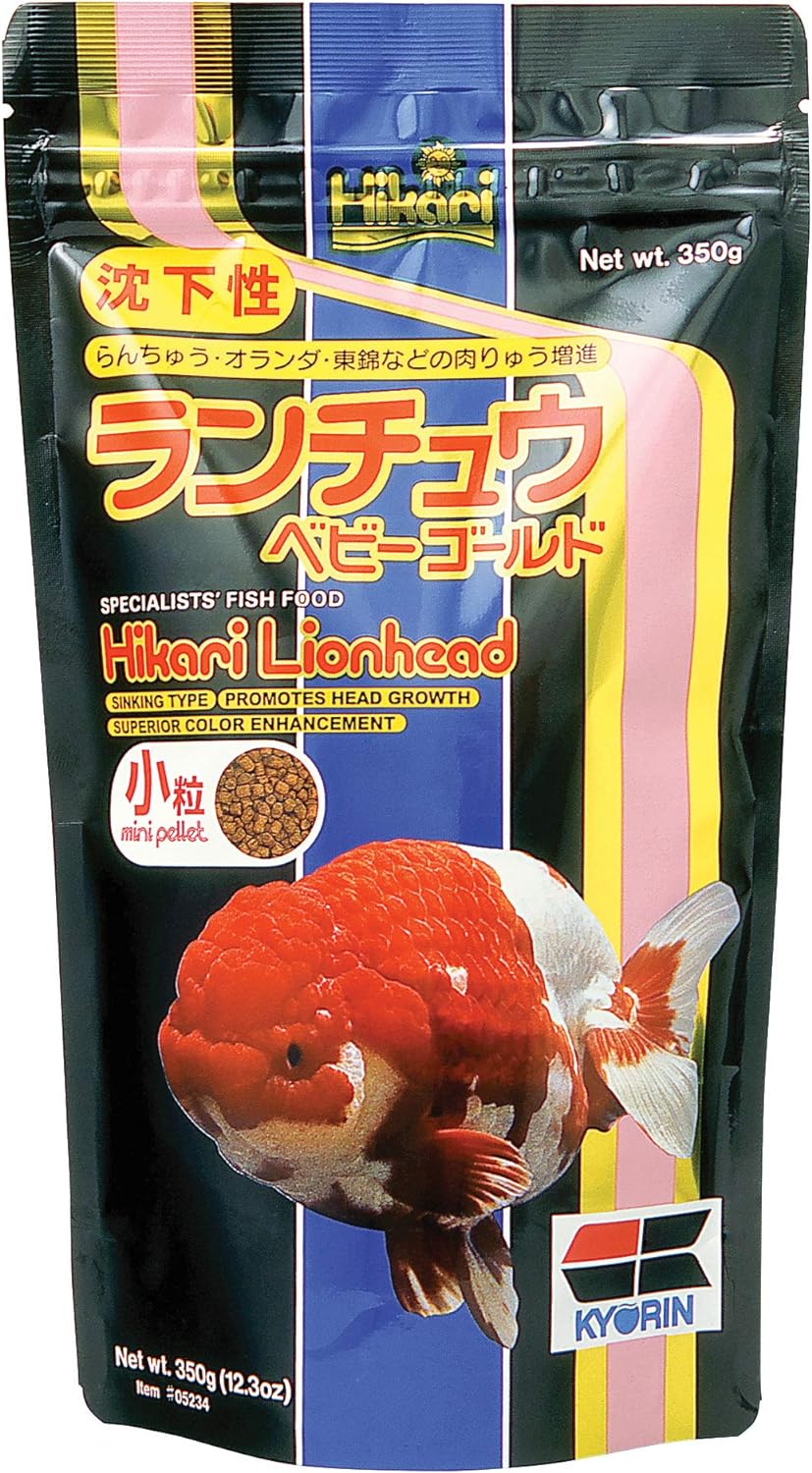This case has two complaints: A few days ago all the Goldfish were lethargic and huddling together near the bottom of the tank and then today one of the Goldfish has flipped over and the belly has gotten red. There are red blotches on some of the other Goldfish.
A very common cause of this is a falling or fallEN pH, also known as pH crash. This is simply the occurrence of a very low (acidic) pH like 5.5 or 6.0
This can be measured with several easy-to-get test kits. Some use drops, but I like the “test strips” because they are cheap and fast. Which means people will actually use them.
Your tapwater can come out with a high pH and even a high “‘alkalinity” (carbonate level) which sustains pH
But the carbonates get exhausted with every molecule of carbon dioxide that’s produced by:
- Beneficial bacteria reducing Ammonia and Nitrite.
- The reduction of AMmonia to Nitrite liberates 3 Hydrogen ions which drops pH
- Carbon dioxide from the fish respiration drops the pH and consumes carbonates.
- Carbon dioxide from bacterial decay of everything, from fish poop to uneaten food, produces carbon dioxide (carbonic acid) and consumes carbonates or drops pH.
- Plant respiration at night consumes carbonate.
Practically every biological process consumes carbonates and when the carbonates are gone, the pH finally plummets.
Fish with too-low pH have symptoms like:
- Rapid respiration
- Lethargy
- Gasping at surface
- Lying on the bottom
- Excess slime
- Reddening of the fins and body
- Damage to gills
And it’s the single most common cause of fish illness of all.
Control and prevention is also the easiest. SeaChem Neutral Regulator is one of MANY available “neutral pH buffers” except it’s the most economical, stores easily, works fast, and it’s ridiculously safe. GET IT HERE
I recommend using it once a week at half-dose if you have a warm, active, well-populated community or goldfish tank.
You can keep track of this and several other important water quality issues using THIS SET OF TESTS which take 2 minutes to run all of them.
The flipped over fish is another issue.
 When a goldfish starts flipping over, or IS flipped over, the problem is ballast. The simple fact is the air bladder is not high in the abdominal cavity of the fish. Sometimes (if not always) it’s because the goldfish has lost weight. When the abdominal fat declines, the air bladder has more and more room to move “down” – which lowers the center of gravity until the air bladder is in the MIDDLE of the fish and not the TOP of the coelom. So the fish doesn’t stay right-side-up all the time. And then, it’ll do more poorly and drop a little more weight, and flip over completely.
When a goldfish starts flipping over, or IS flipped over, the problem is ballast. The simple fact is the air bladder is not high in the abdominal cavity of the fish. Sometimes (if not always) it’s because the goldfish has lost weight. When the abdominal fat declines, the air bladder has more and more room to move “down” – which lowers the center of gravity until the air bladder is in the MIDDLE of the fish and not the TOP of the coelom. So the fish doesn’t stay right-side-up all the time. And then, it’ll do more poorly and drop a little more weight, and flip over completely.
Fattening such fish up is the best remedy. Bloodworms, sinking pellets, peas, anything with excess calories that the goldfish will eat even when upside down: All recommended. As the fish gets weight back, the abdominal fat accumulates, the air bladder is returned to a position “higher” in the fish under the dorsal fin and the fish will return to upright. This may only take days if you’ve “caught it early”.
Freeze Dried Krill are amazing. (Click here)
Heavy feeding prevents flipover by maintaining that fat belly and the normal “higher” position of the air bladder.
That fish in the picture has redbelly from “drying” and the inhospitable conditions of being “out of the water” to a certain extent. So that fish will need to be “sunk” which can be done with a hypodermic needle 16, 18, 20 gauge all work, on a 3 or 6 cc syringe. If you can see an obvious “high spot” on the fish that’s sticking “the most out of the water” that’s where you put the needle and withdraw as much air as you can get.
If the fish is “flat” on the surface of the water, such as the one in this picture, you would introduce the needle from the side, just below the eye, or a line drawn from eye to tail, South of that. And just North of the pelvic fins. Basically equidistant from the top and belly lines of the fish, see image, and directly NORTH of the first ray of the PELVIC fins. 
When you release the fish, it will sink to the bottom of the tank. Putting such fish in hospital units (hang on “baskets: in the tank) can protect the “down” eye from damage by the gravel. Sometimes a fish can learn to sit up on it’s belly and can even learn to EAT on the bottom if you give it sinking pellets and/or bloodworms.
The question is WHY the fish lost weight and flipped over.
Maybe you can tell that ALL the fish are losing weight. So your feeding rate is too low, maybe you’re at work all day or forget to feed two or three times a day.
But fish can also have parasites externally and internally that cause weight loss. Other chronic illnesses can contribute to weight loss. Or feeding a poor staple flake food can contribute to weight loss.
 Bloodworms and freeze dried krill are well-accepted and make wonderful additions to what you feed goldfish. Hikari Lionhead sinking pellets are very good. But lots of floating pellets are “pretty good” as well.
Bloodworms and freeze dried krill are well-accepted and make wonderful additions to what you feed goldfish. Hikari Lionhead sinking pellets are very good. But lots of floating pellets are “pretty good” as well.
Parasites can cause lethargy and weight loss in Goldfish and other community fish. There are three that are particularly lethal.
Ich is one of them, as well as Costia and Chilodonella and it’s safe to try SALT first for these.
How to use salt?
Check out that answer at Savingsickfish.org Just click the image below.







